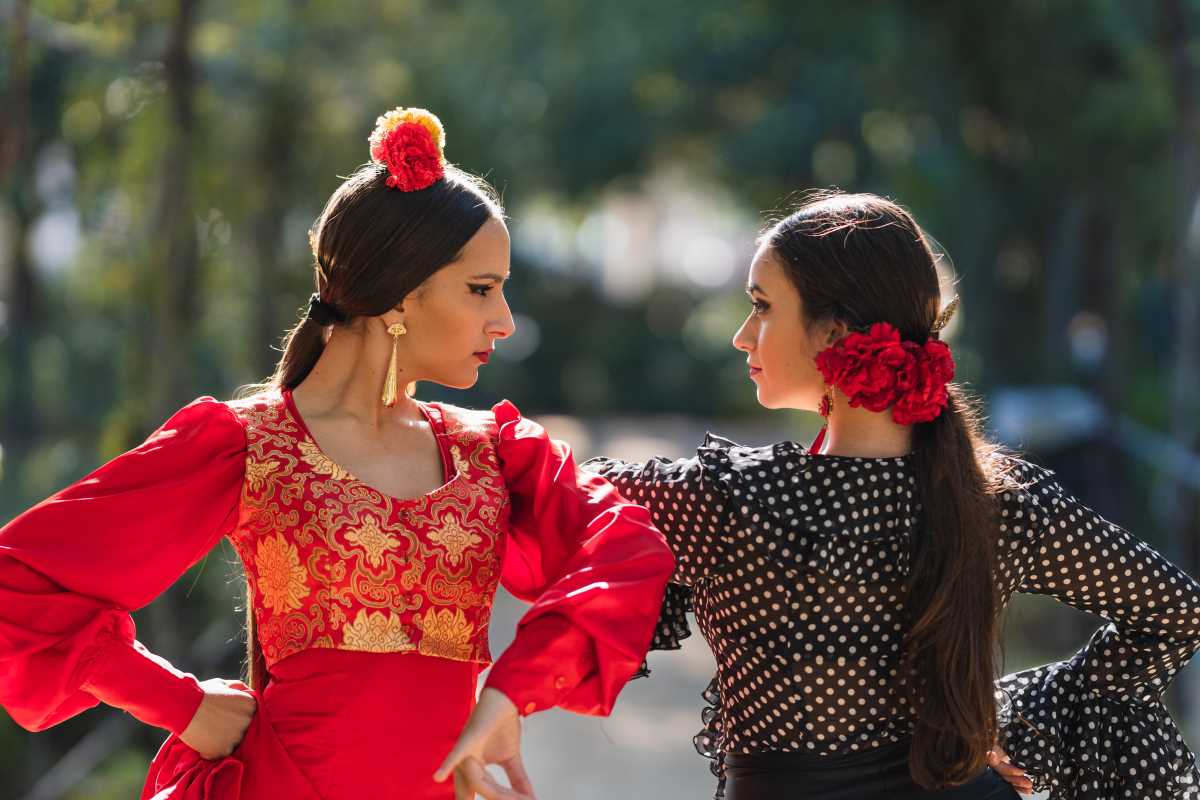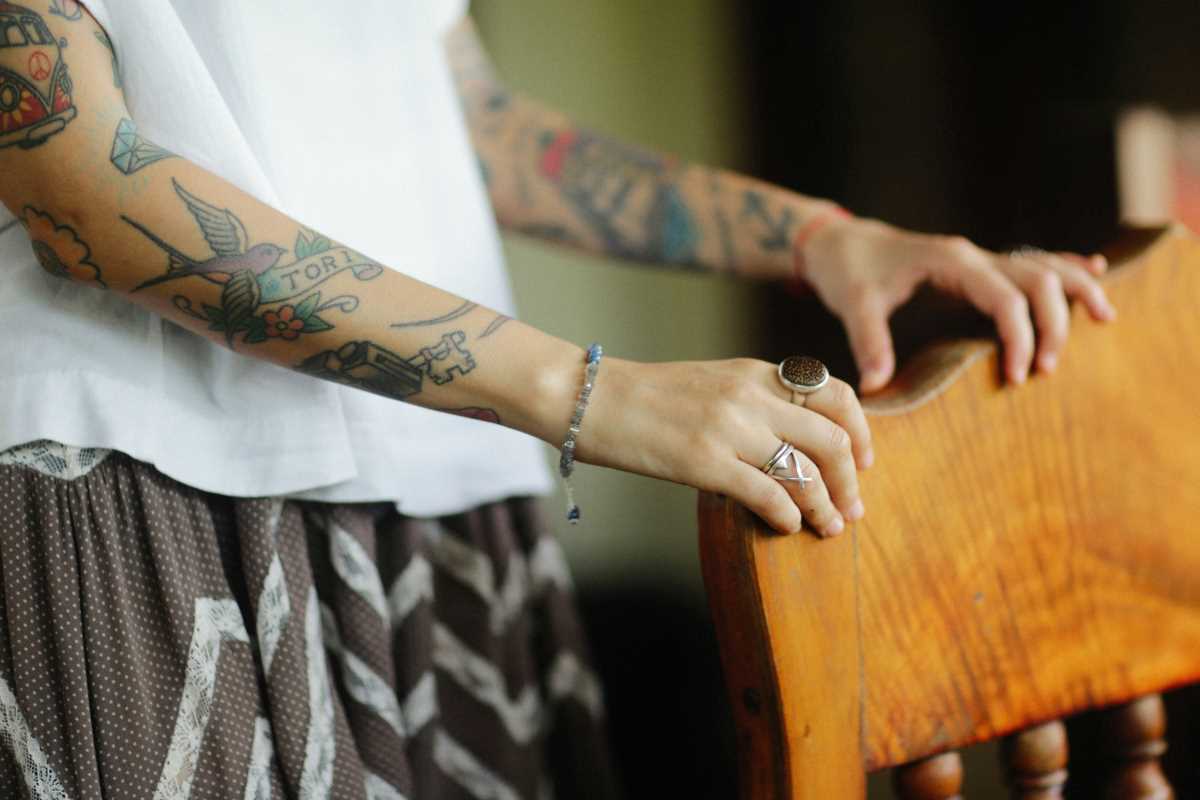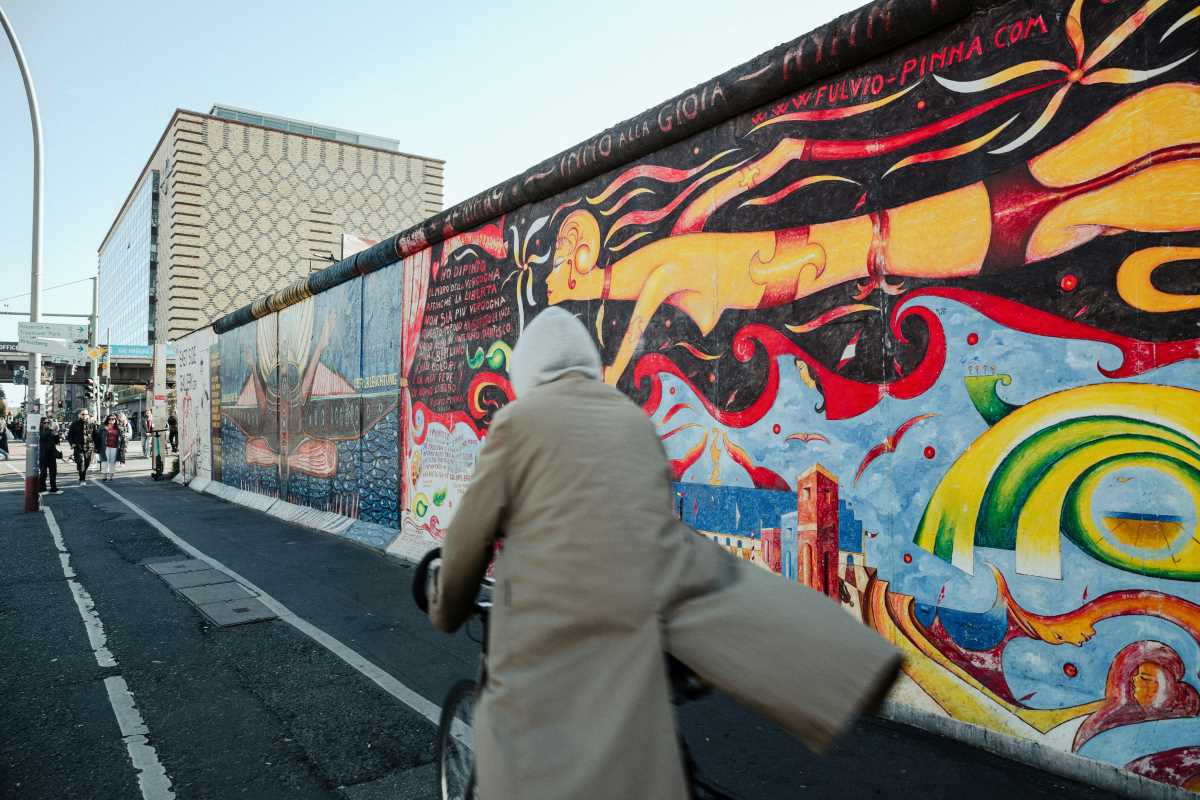Dance is a way for people to share stories, honor heritage, and express emotions. Around the world, local dance forms are evolving in exciting ways, blending age-old traditions with fresh, modern twists. The results are captivating performances that nod to history while pushing creative boundaries. Whether it’s through flashy costumes, modern music, or innovative choreography, these dances manage to stay rooted in their culture while remaining relevant today.
This post highlights eight amazing dance styles that do just that. We’ll explore the uniqueness of each dance, its history, and how modern influences have helped shape it. Get ready to be inspired by the creativity and cultural richness of these dances.
1. Bharatanatyam (India)
Bharatanatyam is a classical Indian dance form with roots in Tamil Nadu, dating back over 2,000 years. Traditionally, it was performed in temples as a form of devotion to Hindu deities. Every gesture, expression, and step in Bharatanatyam is packed with meaning, making it a deeply symbolic and storytelling-style dance.
What’s fascinating is how dancers today are modernizing this rich tradition. Choreographers often infuse Bharatanatyam with contemporary themes and music, creating performances that connect with younger audiences. For instance, some productions explore global issues like feminism or climate change, all while staying true to the graceful poses and rhythms of the original style. This fusion bridges generations in a way that feels both respectful and groundbreaking.
2. Flamenco (Spain)
Flamenco is an iconic Spanish art form from Andalusia that blends singing, guitar, and dance. It’s known for its emotionally charged storytelling and rhythmic footwork. Traditionally, Flamenco was performed by small groups in intimate settings and was heavily influenced by the cultural mix of Romani, Moorish, and Jewish traditions.
Today, contemporary Flamenco has embraced international music styles like jazz and blues. Dancers experiment with modern costumes and electronic sounds, offering a fresh take on the passionate spirit of Flamenco. Even as it evolves, Flamenco never loses its raw intensity, making it a favorite worldwide.
3. Hula (Hawaii, USA)
Hula is a way for Hawaiians to preserve and share their culture, not just a dance. Originally performed in sacred settings, Hula tells stories of the gods, nature, and Hawaiian history through precise hand movements and graceful steps.
Contemporary Hula, or “Hula Auana,” incorporates modern music and instruments, often performed with ukuleles and guitars. Costumes, too, have evolved, with dancers mixing traditional grass skirts with more modern fabrics. Despite these updates, the spirit and storytelling at Hula’s core remain unchanged.
This balance between tradition and innovation has turned Hula into a dynamic art form that honors its roots while appealing to global audiences.
4. K-Pop Dance (South Korea)
South Korea has given the world K-pop, an entertainment powerhouse known for its catchy music and stunning choreography. While K-pop dances might seem entirely modern, they actually borrow heavily from traditional Korean movements, such as flowing hand gestures inspired by folk dances like Buchaechum (a traditional fan dance).
K-pop’s distinct dance routines blend these traditional elements with hip-hop, jazz, and other contemporary styles. Each performance delivers sharp, synchronized movements that match the song’s energy. This fusion has propelled K-pop dance into a cultural phenomenon, with fans worldwide mimicking the choreography of their favorite stars.
5. Samba (Brazil)
Samba is the heartbeat of Brazil, a dance that pulses with joy, community, and rhythm. It emerged from African traditions brought to Brazil and became tied to Carnival, a massive celebration of music and dance. With its fast footwork and signature hip movements, Samba is as dynamic as it gets.
Modern-day Samba incorporates elements from hip-hop, funk, and even electronic music, making it a more universal dance form. Samba schools in Brazil continue to innovate during Carnival by adding over-the-top costumes, complex choreography, and sometimes even cinematic storytelling to their performances. Samba remains a perfect blend of heritage and fresh creativity.
6. Khon (Thailand)
Khon is a traditional Thai dance-drama known for its elaborate costumes and masks. It grew out of Thailand’s regal traditions and was performed mostly in royal courts to tell stories from the Ramakien, Thailand’s national epic. Performers use precise, deliberate movements to portray gods, demons, and heroic characters.
Today, Khon is undergoing a revival, thanks to efforts to modernize presentations and attract younger audiences. Some performances integrate modern theater techniques, like special lighting effects, alongside traditional music. These efforts ensure Khon isn’t just seen as a relic of Thailand’s royal past but as a dynamic piece of its living culture.
7. Kathak (India)
Kathak is another classical Indian dance form, but this one hails from North India. Historically, it was a storytelling art performed in courtrooms, blending Persian and Mughal influences with Indian traditions. Kathak dancers are known for their spinning movements and intricate footwork, enhanced by ankle bells (called ghoongroos) that chime with every step.
The dance’s modern evolution is particularly fascinating. Many Kathak dancers now mix it with ballet, salsa, or contemporary theater to craft compelling new narratives. While the heart of Kathak remains its storytelling aspect, today’s artists are finding exciting new ways to tell those stories, making the form more accessible to diverse audiences.
8. Gumboot Dance (South Africa)
Gumboot dance is a vibrant and powerful dance style that originated among South African miners during the apartheid era. Miners, who were forbidden from speaking in the mines, used gumboots (rubber boots) to create rhythm and communicate through stomps, slaps, and claps.
Today, gumboot dancing is performed everywhere from schools to global stages, often as a celebration of resilience and community. Modern performers sometimes add hip-hop, house music, or rap, creating high-energy routines that connect past struggles with contemporary artistry. Despite these changes, gumboot dance still carries its original sense of unity and pride.
Each of these dance forms offers a peek into the cultures they represent. By blending traditional elements with modern influences, they stay alive and meaningful in today’s world. They challenge audiences to respect and preserve cultural heritage while celebrating creativity and innovation.
If you’re curious to learn more, look up performances of these dances or, better yet, try a class! Exploring cultural dance can deepen your appreciation for the art, the stories, and the people behind it.
 (Image via
(Image via





